A 40-amp breaker is a fairly high-power breaker designed for use on a circuit that includes large household applications such as fridges, electric stoves, cooktops, etc. The circuit breaker is a crucial electrical circuit component that protects the device and wiring.
As a result, the circuit wiring must also be sufficient to accommodate the current draw. So, what is the appropriate 40 amp breaker wire size? This post will give you the ultimate answer. Let’s scroll down to find out more valuable information on this topic.
What Size Wire For A 40 Amp Breaker?
The 8-AWG wire is the smallest size that can be appropriate with a 40-amp circuit breaker.
Some people want to use a larger gauge 6-AWG wire for later expansion. It is acceptable, although this wire size is designed for a 50 amp breaker.
The circuit breaker will continue safeguarding the connected appliances that draw little more than 40 amps. But remember that it will trip the breaker when its maximum current demand is reached, regardless of the wire gauge
Yet, the electrical system won’t comply with the NEC if you use a smaller one than the 8-AWG wire.
Problems Of Using The Wrong Size Of Wire For A 40 Amp Breaker
Electric Hazards (Electrical Fires)
Copper conductor heat is produced when electrical current traveling through it hits resistance from the copper wire. The amount of current that a wire conductor can sustain before harmful heat buildup occurs depends on the thickness of the wire conductor.
If the wire gauge is thicker, it will have more space for current to flow through, which results in less resistance and less heat buildup in the conductor.
The principle is similar to a hosepipe. Only a certain amount of water can pass through a thin pipe. The pipe may rupture if you force more volume through it because doing so will increase pressure.
When a wire is subjected to excessive current, the conductor could become so hot that it would melt the surrounding insulator. When this occurs, the wire may come into contact with other wires or metal objects, leading to a short circuit.
The ensuing short circuit may potentially electrocute individuals fatally or ignite a fire in your house. Additionally, the wiring may fully melt through, interrupting the circuit and necessitating a new installation of the wires within your house.
Damage And Improper Operation
A faulty wire gauge can cause significant harm to your appliances and gadgets.
Let’s take an example. An amplifier can be broken if insufficient current flows through the circuits. When the incorrect wire size is utilized, your amplifier may not receive the proper voltage. This means that your system’s sound quality will be subpar.
How Do You Size A Wire?
Electrical wiring is sized following the American Wiring Gauge (AWG) standard, which assigns a rating to the conductive wire based on its diameter and the amount of current it can safely transport.
The smaller the number, the greater the wire diameter. For example, a 12-AWG conductor has a 0.08-inch diameter, whereas a 6-AWG wire’s diameter is 0.16 inches, making the wire thicker.
A wire’s sizing does not count the insulation layer. It means the size only corresponds to the conductor thickness.
The AWG number is normally printed on the wiring’s insulation. If you cannot find it, you can measure the thickness of the conductor with a vernier caliper. This measurement is best taken with a set of digital calipers that can provide correct readings.
Here are some common sizes of wiring often available in residential dwellings:
Yet, these guidelines are only suitable for circuits with copper conductors. To illustrate, although it is uncommon, aluminum is sometimes used as an alternative conductor to copper or brass in wires. It has different conductive characteristics than copper, so the requirements differ.
Other factors, such as the conductor material and wire length, should be considered when sizing electrical wire.
Frequently Asked Questions
How Far Can You Run 8 Gauge Wire For 40 Amps?
When we use 8 gauge wire for 40 amps, it can run a distance of 100 feet.
If the circuit line is less than 100 feet, using the minimum wire size (8 gauge) for a 40 amp breaker is not a problem. However, it is worthwhile to think of utilizing a 6 gauge size wire for a 40 amp breaker if the distance is 100 feet or greater.
Can I Use A 6 AWG For A 40 Amp Breaker?
Yes, you can. As mentioned before, the minimum suggested wire size for a 40 amp breaker is 8 AWG. Some people want to use 6 AWG for future expansion. Because the 6-gauge size is a larger wire than the 8 one, it can handle the electrical current of the 40 amp breaker well.
Can You Use A 10 Gauge Wire With A 40 Amp Breaker?
No, you cannot!
The maximum amperage that can run on 10-AWG wiring is 30 amps, and a 30-amp breaker is the best suit. Using your 40 amp breaker on 10 AWG might be overheating the circuit and the conductors. Then, it will melt the wire and cause fire and smoke.
Conclusion
In short, you can use both 8 and 6-AWG wire sizes for a 40-amp breaker 240-volt circuit. You should follow the instructions to choose the proper size wire for the breaker. Otherwise, it can cause dangerous situations, such as damaging the appliances, igniting a fire, etc.
More seriously, a short circuit can electrocute people fatally by fire, or it will cost a lot of money to replace a new power cord. We hope this article provides valuable things to ensure your safety in the installation process of wires for breakers.
See more: what size wire for 20 amp circuit?

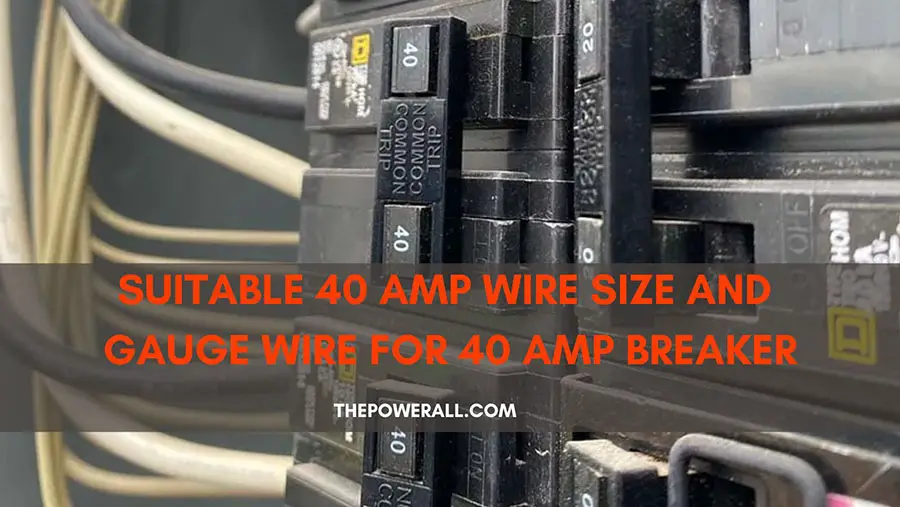

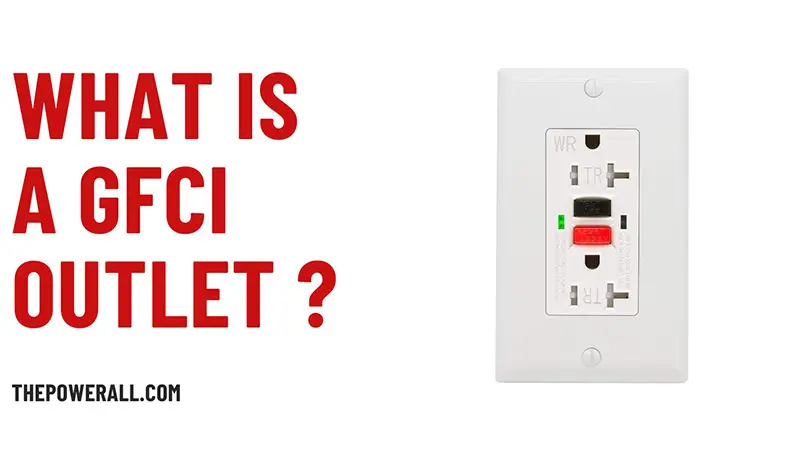

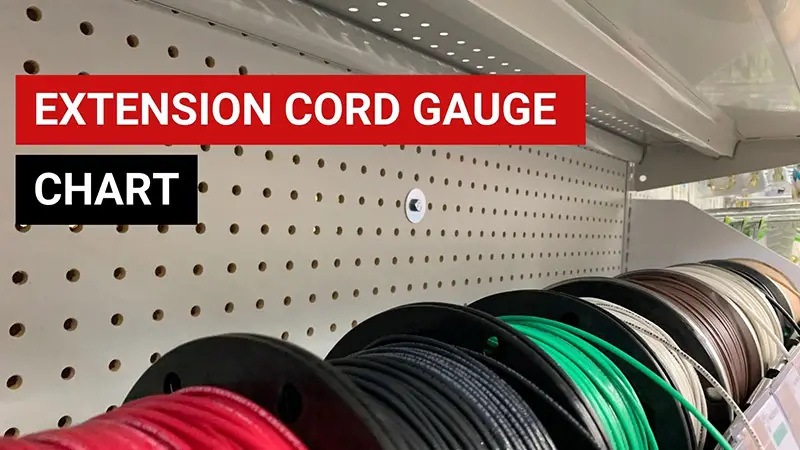
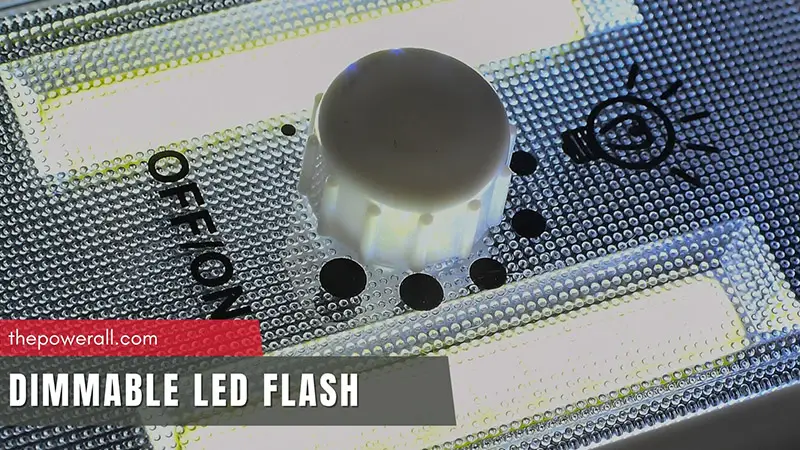
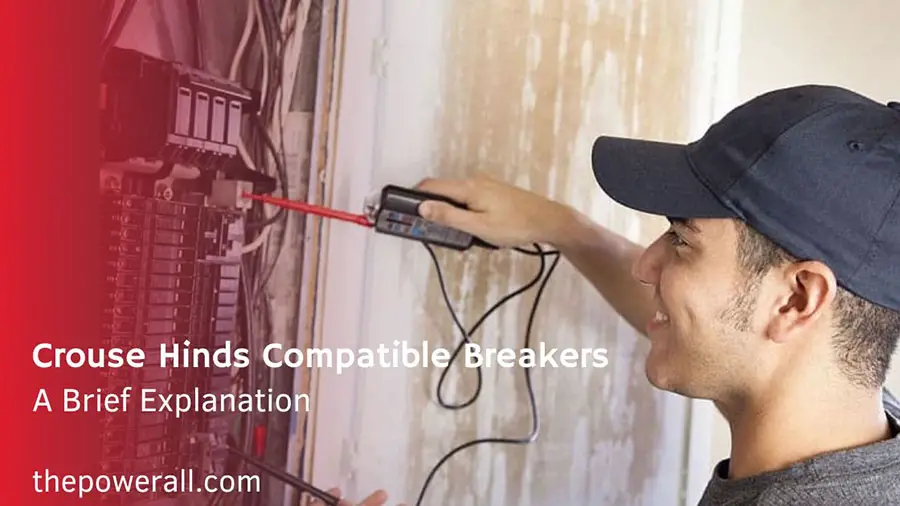
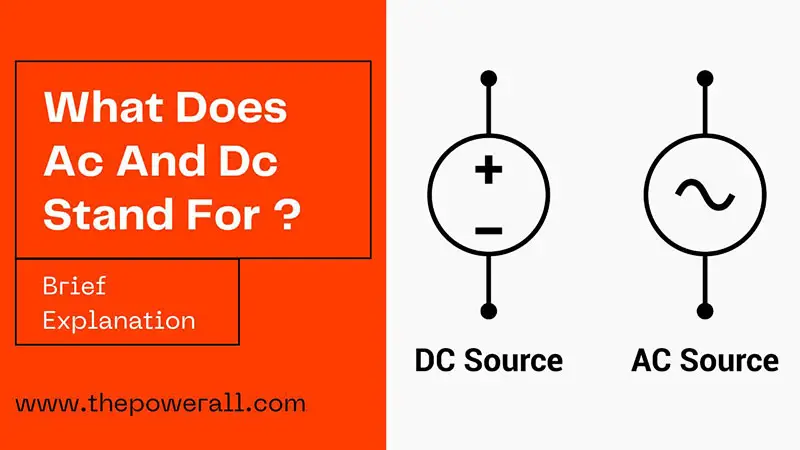
0 Comments